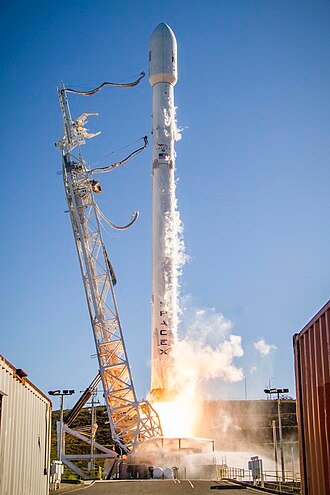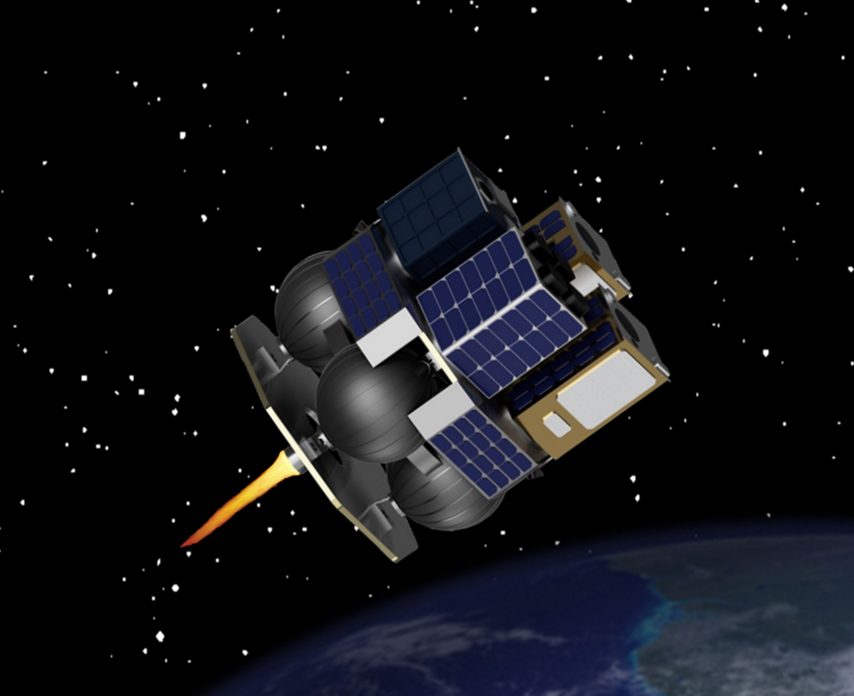Hyorbiter®: Shaping the future of smallsat orbital logistics and services.
Traditional launch systems are too rigid to meet the growing demand for agile, responsive, and mission-tailored space access for smallsats.
Overcoming the constraints of traditional smallsat launchs systems.
Traditional smallsat launch systems are inherently rigid and lack the flexibility needed to support dynamic and increasingly sophisticated mission profiles. Launches are typically scheduled months or even years in advance, creating long planning cycles that hinder responsiveness to time-sensitive, critical, or evolving mission requirements. Additionally, most missions rely on shared payload configurations, meaning multiple customers must coordinate on a single launch vehicle — introducing limitations in terms of timing, orbit selection, and the degree of mission customization possible. This shared model often forces compromises that reduce operational efficiency and performance. Compounding the issue is the heavy dependency on specific launch infrastructure, such as designated pads and extensive ground support systems, which further restrict options for rapid deployment, adaptive scheduling, or targeting non-standard orbital trajectories. As a result, traditional launch approaches struggle to meet the growing demand for agile, responsive, and mission-tailored space access.


Meet Hyorbiter®: Hyorbiter® is a disruptive, turnkey, and versatile vehicle offering cutting-edge orbital logistics and servicing for smallsats.
Enabling flexible, efficient, and targeted smallsat deployment.
Hyorbiter® is a next-generation orbital transfer vehicle designed to deliver unmatched flexibility, precision, and efficiency in smallsat deployment. It enables the management and targeted delivery of clustered smallsats to their exact orbits, improving mission efficiency by reducing the need for onboard propulsion, extending spacecraft lifespan, and lowering operational costs. Its compatibility with all launch vehicles and integration systems eliminates reliance on rigid rideshare schedules, allowing faster time-to-orbit and greater mission autonomy. By supporting complex mission profiles and offering customized deployment strategies—including for satellite constellations—Hyorbiter® unlocks new possibilities for advanced orbital logistics and responsive space access.
Have any inquiries? Feel free to get in touch with us.